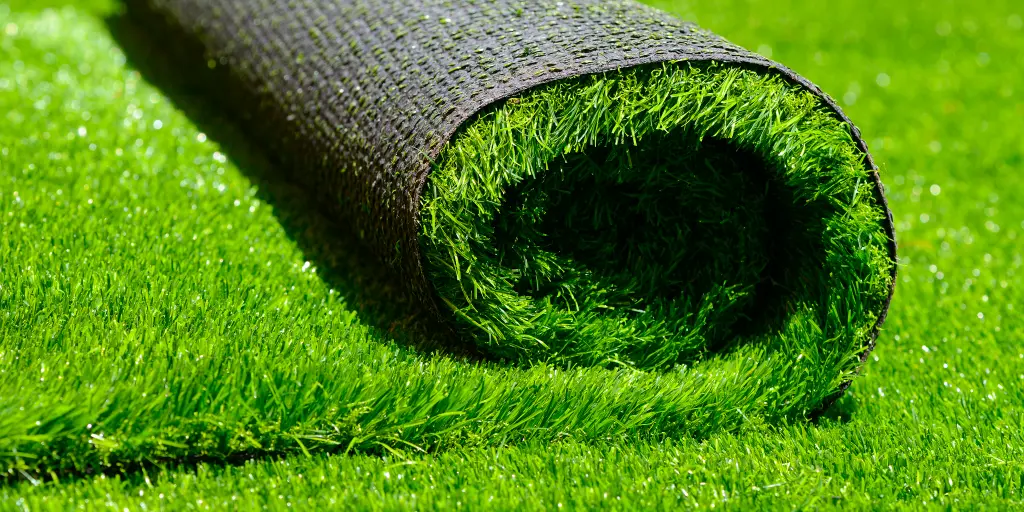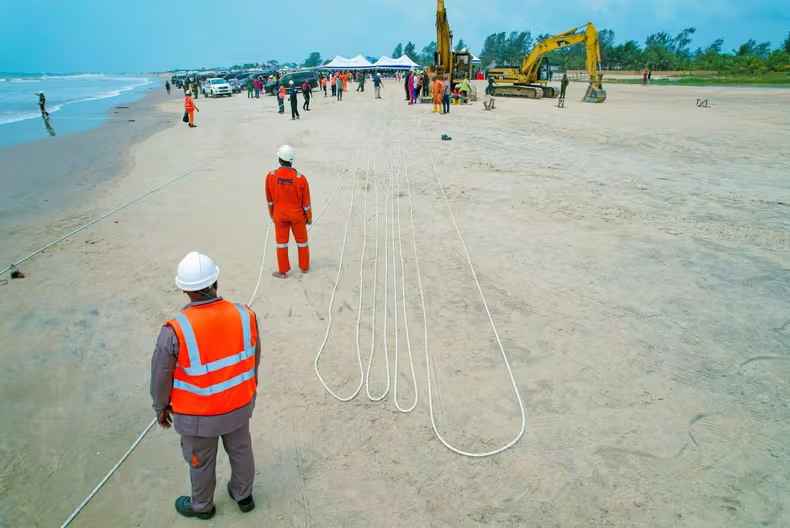The Amazing Technological Advancements In Artificial Grass Evolution.

The Amazing Technological Advancements In Artificial Grass Evolution.
Artificial grass has changed dramatically in the last few years. It used to be just a man-made substitute for natural lawns, but it has now evolved into a high-tech fix that imitates the texture and appearance of genuine grass. This change hasn’t happened overnight; rather, it’s the result of numerous technical developments that have completely changed the scene. You might be surprised to learn how fascinating the world of fake grass and border edging is; we’ll go into more detail about this from a technology standpoint below.
A complex mixture of ingredients that are painstakingly designed to mimic the texture, look, and durability of real grass is the foundation of contemporary artificial grass. Artificial grass has advanced significantly in the last several years, despite criticism not too long ago for its unnatural look and rough texture. Thanks to developments in materials science, such as the creation of polythene and propylene materials, artificial grass is now nearly identical to the real thing. These have a feel and appearance very similar to real grass.
Because of the enhanced fibers’ exceptional endurance, they won’t fade or degrade even under harsh weather conditions, intense foot traffic, or extended exposure to UV radiation. In a similar vein, novel infill materials such as recycled rubber and silica sand improve drainage, stability, and resilience while offering long-term durability and optimal performance.
Accurate Production for Authentic Appearances
Possibly the most important development in artificial grass technology has been the introduction of precise manufacturing methods that enable the production of extremely lifelike turf surfaces. To generate a seamless, uniform surface that closely resembles real grass, computer-controlled tufting machines painstakingly sew together individual fiber strands.
Furthermore, colour differences are growing due to major advancements in dying processes, which result in more convincing looks. The various intricacies of real grass may now be artificially brought to life thanks to advancements in dyeing technologies. Modern artificial grass can very accurately mimic the seasonal splendour of natural grass, from warm autumnal tones to vivid summer greens.
Astute Approaches to Eco-Friendly Gardening
Today more than ever, environmental consciousness is crucial, and the manufacture of artificial grass reflects this philosophy. In fact, artificial grass has been under fire recently for allegedly harming the ecosystem.
Manufacturers of artificial grass were forced to adapt by developing techniques that improve the production of artificial grass’s environmental sustainability. These developments have been made feasible by modern technology.
Artificial grass solutions can benefit from smart watering systems in addition to less water, chemical, and maintenance requirements. Water use is optimised by the sensors and weather predicting algorithms included into these irrigation systems. Furthermore, the permeable backing and sophisticated drainage systems of artificial grass reduce runoff and encourage groundwater recharge, so reducing the risk of flooding and soil erosion.








